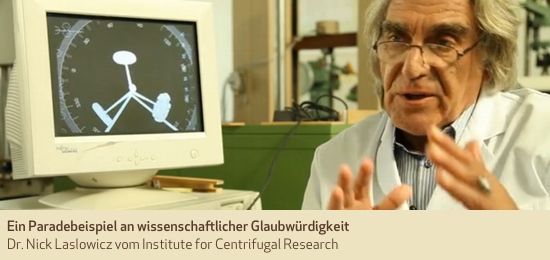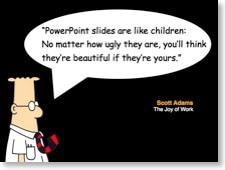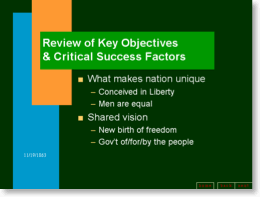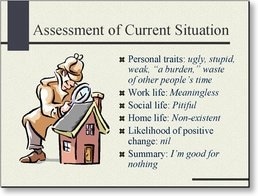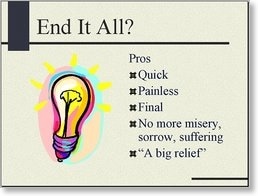If all else fails, try humor
You’re in a meeting room, the air is thick with unease, everyone’s on edge. It’s a heated debate and emotions fly high.
Basically, everyone’s waiting for the room to explode.
But then, out of nowhere, someone drops a perfectly timed joke. The kind that’s not just funny, but smart and relevant.
First, silence.
But suddenly, the room bursts with laughter.
The tension dissipates and what seemed like a dead end becomes a moment of connection.
In high-stress environments, a leader who can lighten the mood is more than just a breath of fresh air. They shift the dynamics and align the team back on the common path.
Humor, when used well, is a tool for engagement. It can release tension and foster a sense of camaraderie.
But here’s the catch: timing and fit are key. A well-timed joke can turn the tide, but a poorly timed one can sink the ship.
It’s also crucial to be respectful. If it’s at the expense of someone in the group, the joke is likely to backfire. But if it’s about yourself, or even “ourself”, it allows the group to look at the heated debate from a distance.
The better you read the room and understand the dynamics, the better you can deliver that punchline at just the right moment.
The person who can break tension with humor isn’t just funny; they’re invaluable. They create an environment where ideas flow freely, where people feel connected, and where the weight of the moment doesn’t feel quite so heavy.
Have you seen humor being used that way?
